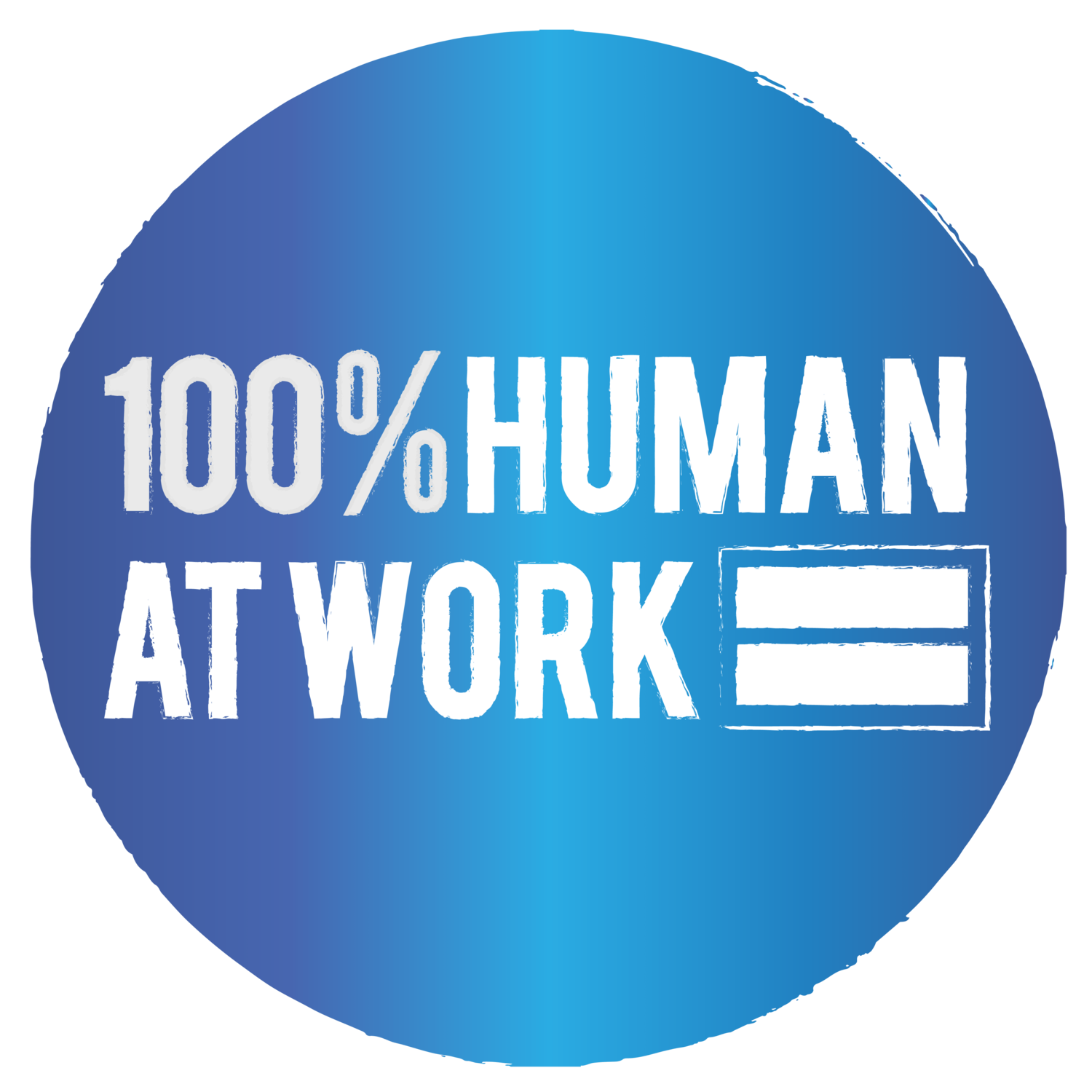Combating burnout in the flexible workplace
by Dr Mike Drayton | Executive Coach, Organisational Consultant & Clinical Psychologist
Minimising burnout in your organisation is a big win-win; it benefits your business and employees in so many ways:
Improved performance and employee engagement
Lower sickness absence and consequent business disruption
Improved recruitment and retention of top talent
Most organisations are still thinking about the best way to organise work post pandemic, with many opting for a hybrid office/remote working model. Remote working has been a mixed blessing. It can be great – your people get to spend more time at home and have the flexibility to structure how they spend their working time. At the same time, many employees report feeling increasingly stressed and burnt out.
What can you do, as a leader, to build an anti-burnout culture into your emerging new way of working?
The big mistake that many employers make is to locate burnout firmly within the individual and fail to see the circumstances surrounding that person that have led to them suffering burnout. Burnout is largely a systemic problem that needs a systemic approach to solve it. Here are just a couple of things you can do.
Set firm boundaries around working hours.
The most robust finding in the research literature on burnout is that a person can do a difficult, demanding and stressful job, but if they can switch off at the end of the day, they are at low risk of burnout. Many appreciate the flexibility that working from home brings but complain that they feel that they are always on call and consequently find it hard to switch off. Managers should enforce clear start and finish times and model these by setting healthy boundaries – no sending emails at 10pm.
Equip managers with anti-burnout skills.
Organisations need to actively invest in training managers to recognise the early warning signs of burnout (in others as well as in themselves) and know what to do to help. Managers have to be proactive by supporting employees and modelling anti burnout ways of working. This requires investment and commitment both financially and at board level that will produce an impressive RoI in improved psychological safety, a positive organisational culture and improved business performance.

